The best way to plan for learning outdoors is by looking firstly at the what children seek to do naturally, and then look at what skills your curriculum is directing you to develop. No curriculum framework requires you to develop topics.
If you are thinking about increasing your provision for Learning Outdoors, then here are a few things to think about:
- Begin with your observations of the children. Think about how children naturally interact with the environment. This will help to inform your decisions about what you need to provide outdoors that will support and extend children’s learning and development
- Look at your curriculum areas. What learning intentions could be best provided outdoors? (Do not be tempted to take indoor equipment outside so that you can create an open-air classroom, and do not feel that everything should connect to a topic)
- What resources and equipment are required to support the learning identified? Think low cost/no cost.
The first blog in this series will adress children's physical development - Gross Motor Development
1. Cross lateral development is about movement that alternately uses each side of the body. These alternate left right movements help to link up the two sides of the brain which is now known to be important for a wide range of functions, one of which is visually following lines of text smoothly across the page when reading. This is a task that we often expect young children to engage in before they are developmentally ready. in order to develop cross-lateral movement and a stronger connection between left and right brain, children need lots of opportunities to crawl, climb, clamber, pedal, run, walk, skip and step. Quite simply children need open space to run, skip and walk. They need to clamber up steep hills and mounds. Encourage and support children to climb steps and stairs using alternate feet. Many young children will climb and step forward cautiously using their dominant foot. Draw circles with chalk outside and encourage children to step and run into the circles using their feet alternately. Make tunnels out of cardboard boxes for crawling through. The children can join boxes using tape (all fine motor work building up hand muscles) to make their tunnels longer and more challenging. And the best activity of all that promotes cross lateral movement is the “bear crawl”. This is a great exercise for adults and children alike, where you have no choice but to move the body using alternate left right movements.
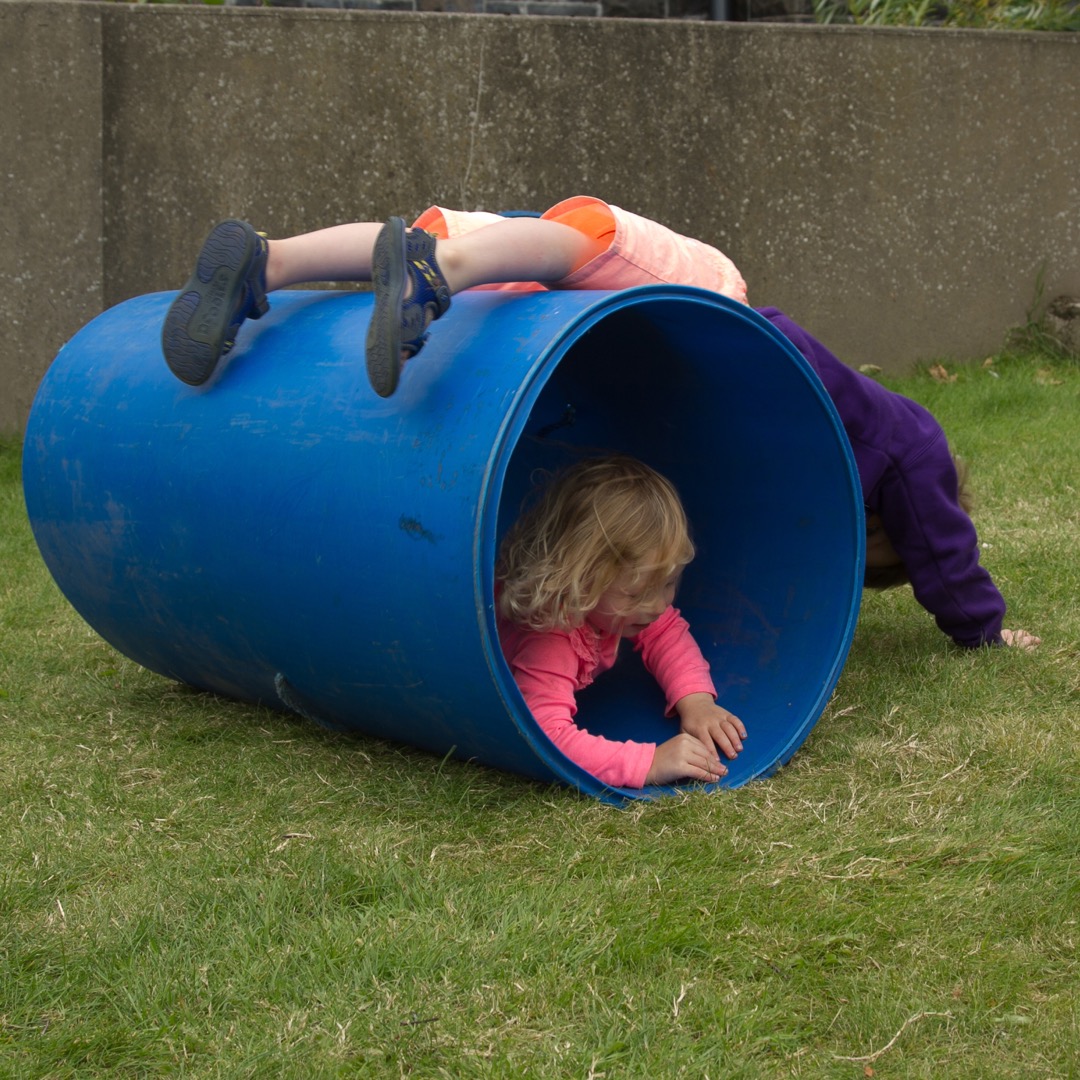
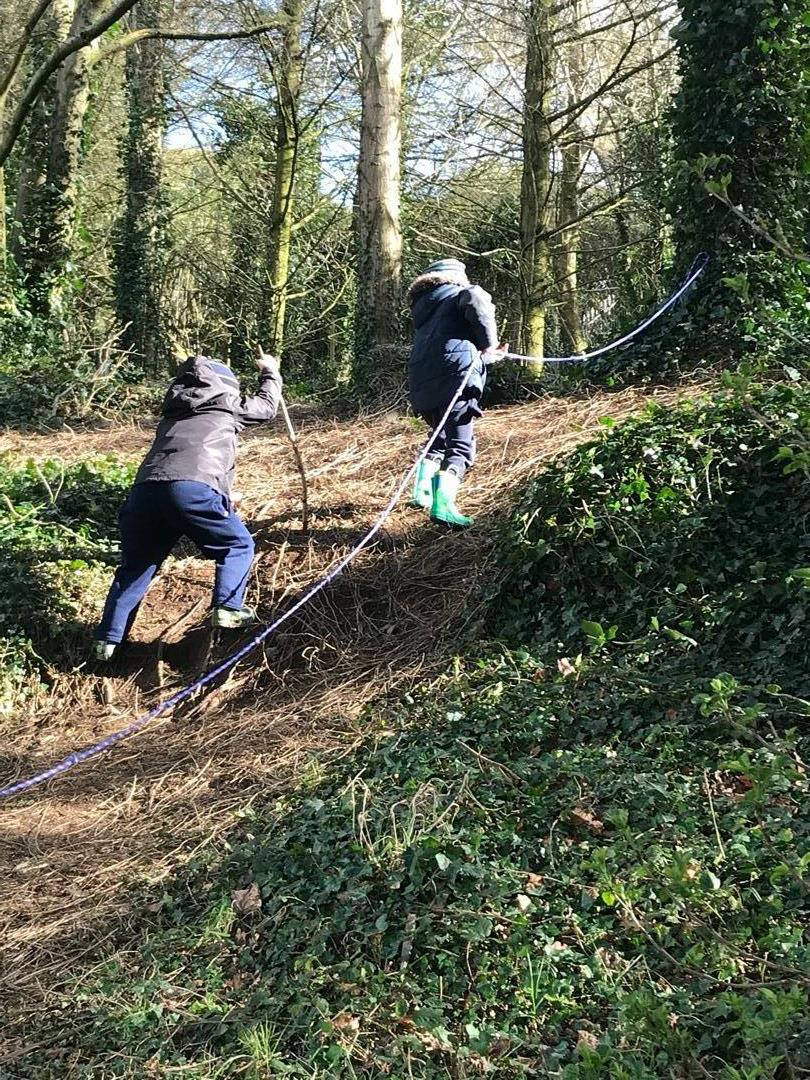
2. Children need to be able to
balance and coordinate their bodies so that they can eventually do much more complex actions such as sit still and pay attention at story time in school, at the doctors surgery, in church, etc. (which is often required of our younger children when they are biologically not ready to do so). Many adults don’t view these as complex tasks but for a child these can be massive. In order for children to develop good balance and coordination, they need to do lots of twisting, turning, spinning, tilting, tipping, jumping, landing, bouncing, squatting, rocking, rolling, swinging, falling, sliding, moving fast … Children naturally seek opportunities to do these things. They are often trying to self-regulate their own bodies and we, as adults, often tell them to stop in case they fall or get dizzy! Great spaces where children naturally develop balance and coordination include slopes and hills that they can roll down, slides where they can travel fast, low walls or jumping off points, bars to hang upside down from, uneven and wobbly surfaces that challenge balance, places to run, grass, or other soft surfaces for body play. As adults, we need to ensure that the environment is safe and equipment is intentionally sourced in order to promote the development of balance and coordination.
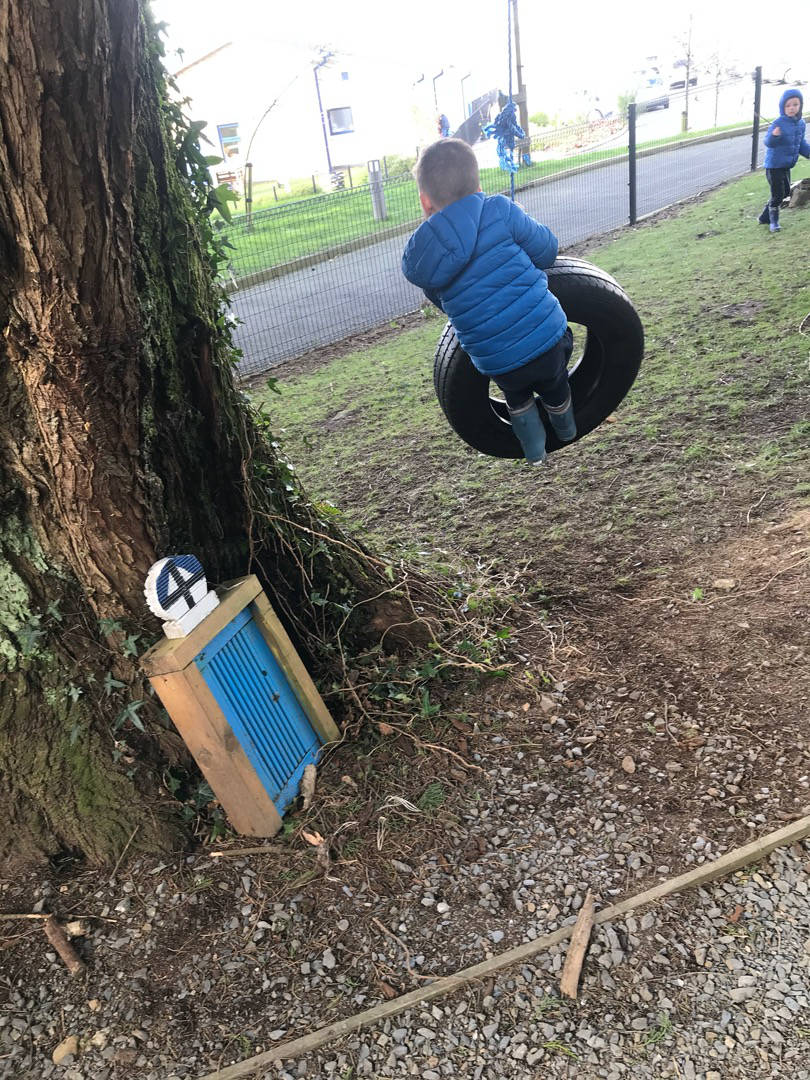
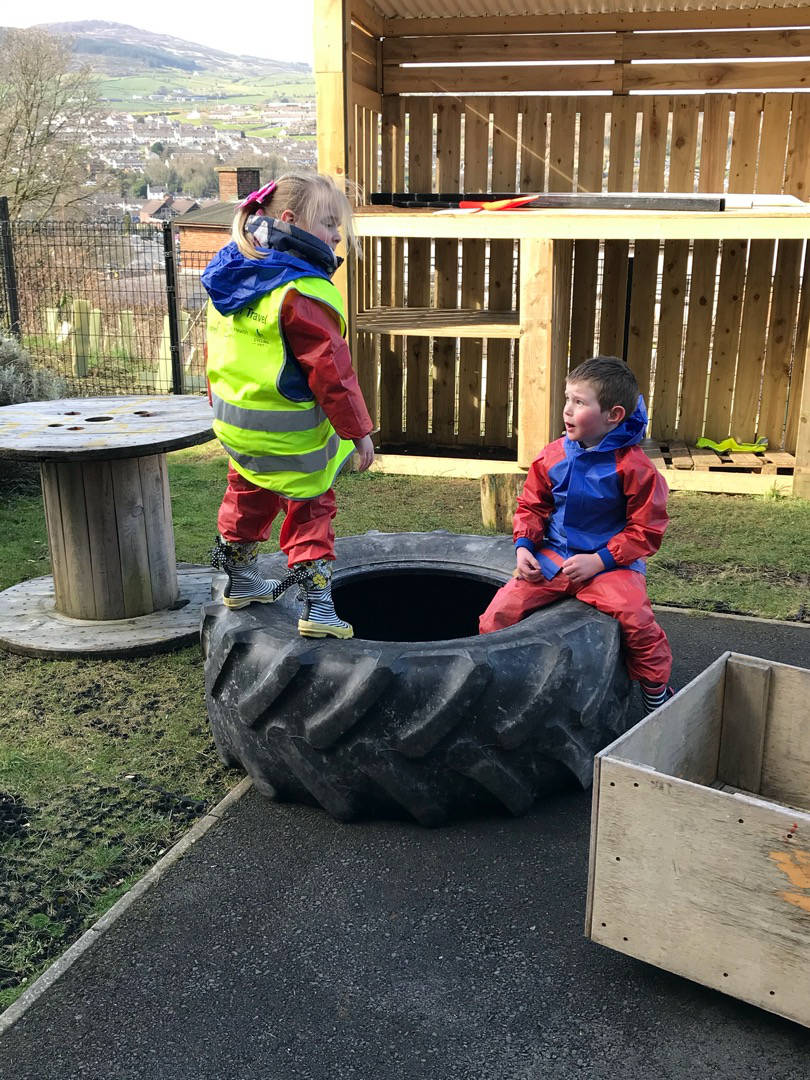
3. Body awareness (proprioception) is about understanding where your body is in space. It is about knowing how much pressure to apply when you go to lift something, for example, a half full glass or a 5-litre container of water. It’s also about knowing how much pressure to apply when you use fine tools such as a pen or pencil. A signal travels from our brain to the tips of our fingers to indicate how much pressure to apply. In order for the proprioceptive system to develop fully in children, they need to have deeper sensory experiences and become more body aware; they need to push, pull, lift and carry heavy things. They need opportunities to stretch, throw, catch, aim, start and stop. These are all precursors to being able to attend to the finer motor skills, such as writing and scissor work. And yet, we tend to want our children to do these more intricate tasks before they have had enough time to build up strong body awareness and the proprioceptive system. Firm uneven surfaces and pathways support challenging vehicle use which in turn really supports a more sensory experience. Children benefit from having bars to hang from, walls to throw balls at, wheelbarrows to push full of stones, sand or other heavy items. Pushing and pulling tyres and logs around are a great way to engage in deep sensory experiences. Children develop strength by carrying heavy baskets, buckets or full watering cans. They will enjoy a full proprioceptive experience through digging in the garden and brushing up the leaves. (Adult sized tools are best as they require more strength and control).
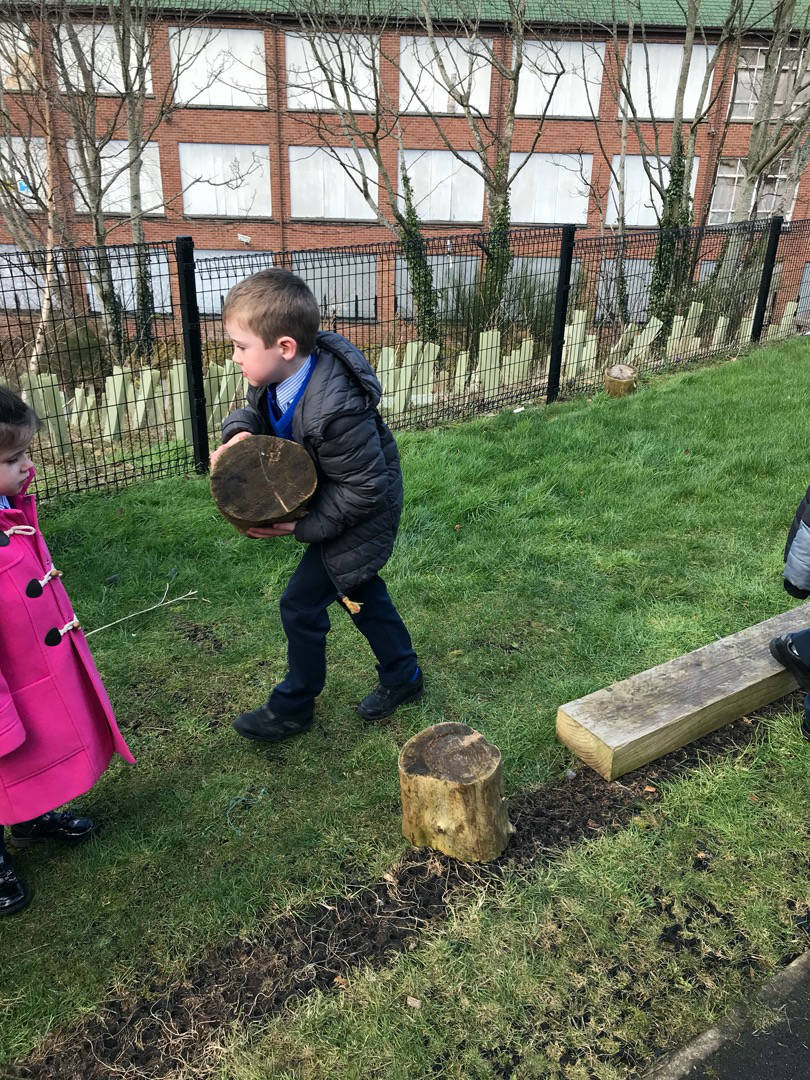
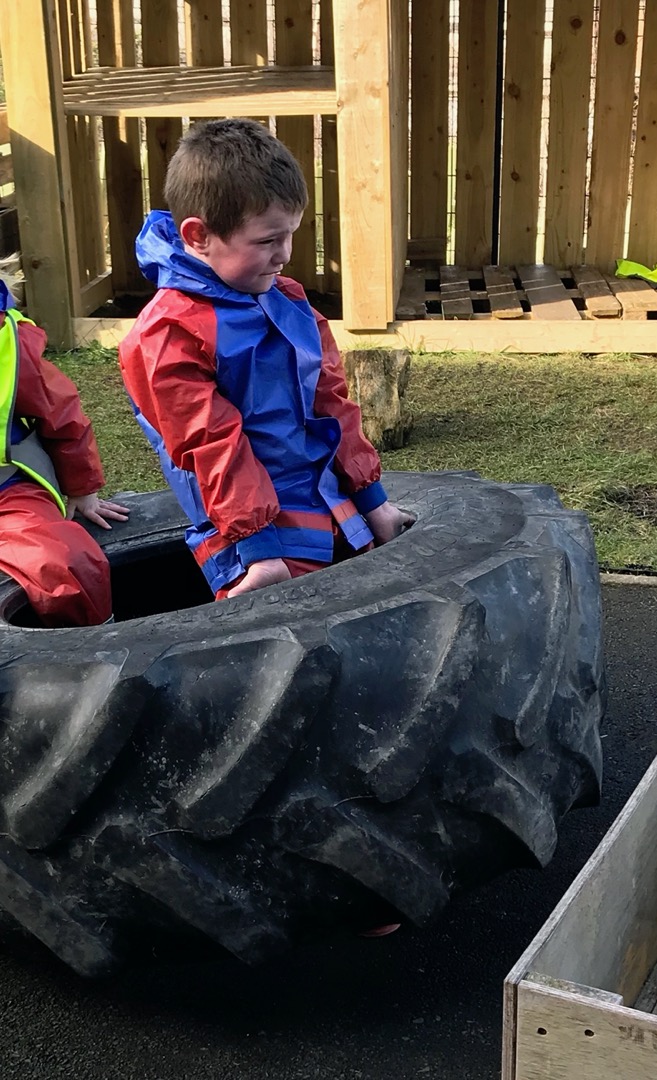
Children are more ready and able to learn when they have exposure to strong developmental movement experiences. Use your outdoor environment to promote the above. There is no need to link any of this to topics.
Please share this Blog with your parents so that they will feel reassured that learning outdoors is definitely not a compromise.
If you want to learn more about children's physical development, read Every Child a Mover, Jan White .
Another wonderful book by Jan is Playing and Learning Outdoors - Third Edition